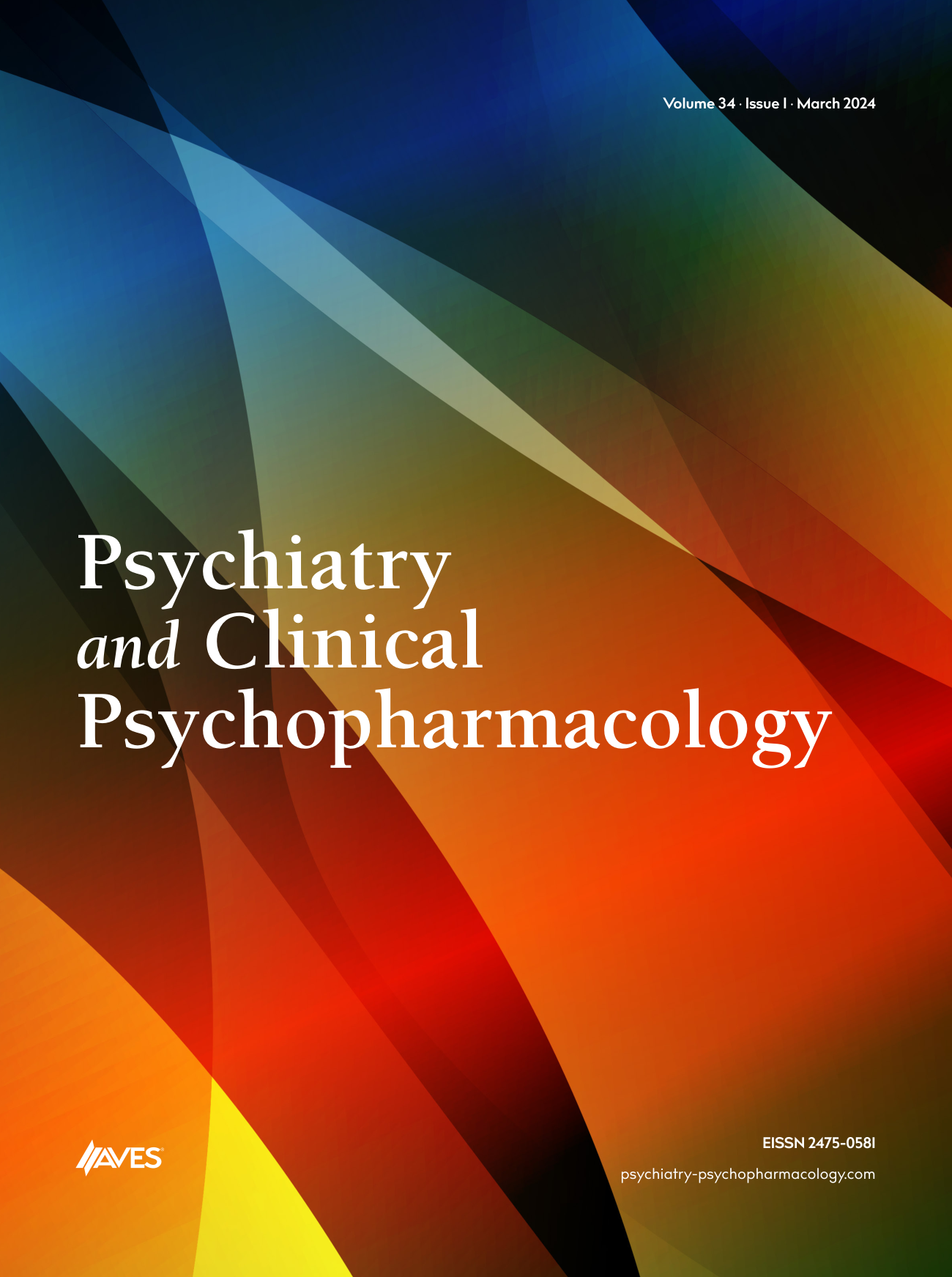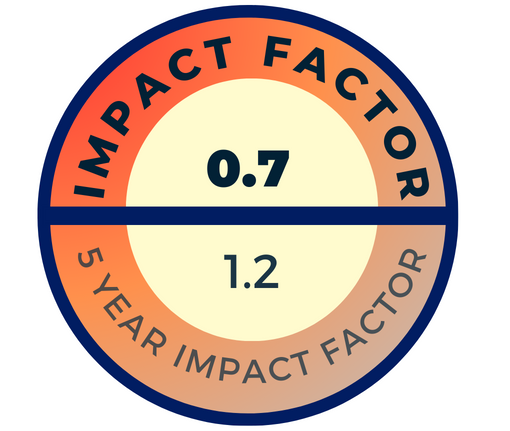OBJECTIVE: The aim of the present study was to determine eating attitude in children and adolescents with obsessive–compulsive disorder (OCD) and the relationship between eating attitudes and anxiety and depression levels.
METHODS: The sample comprised 40 patients (mean age: 14.02 ± 1.84 years), who met DSM-V criteria for OCD and age- and sex-matched 40 healthy controls (mean age: 14.15 ± 2.05 years). The assessment consisted of the Maudsley Obsessive–Compulsive Inventory (MOCI), Eating Attitudes Test (EAT), Children’s Depression Inventory, and State–Trait Anxiety Inventory (STAI). The body mass index (BMI) was calculated as kilograms per metre squared.
RESULTS: There was no statistically significant difference between the two groups in terms of age, sex, and BMI (p > .05). Although the EAT score was higher in the patient group compared to the control group, there was no significant difference between the two groups. Of 40 children with OCD, 6 (15%) had a score above the EAT cut-off value of 30 suggesting a disordered eating attitude, whereas this rate was 0% in healthy controls. The anxiety and depression levels and obsessive–compulsive symptoms were significantly higher in the OCD patient group than in the control group (p < .001). EAT scores had a significant positive correlation with the depression scores and MOCI checking, cleaning, doubting, and total subscales’ scores in OCD patients. Depression levels and obsessive–compulsive symptoms except MOCI slowness and rumination subscales predicted higher scores of EAT according to the linear regression analyses.
CONCLUSIONS: The current study showed that depression levels and obsessive–compulsive symptoms including MOCI checking, cleaning, doubting, and total subscales were the predictors of eating attitude and behaviour in children and adolescents with OCD.



